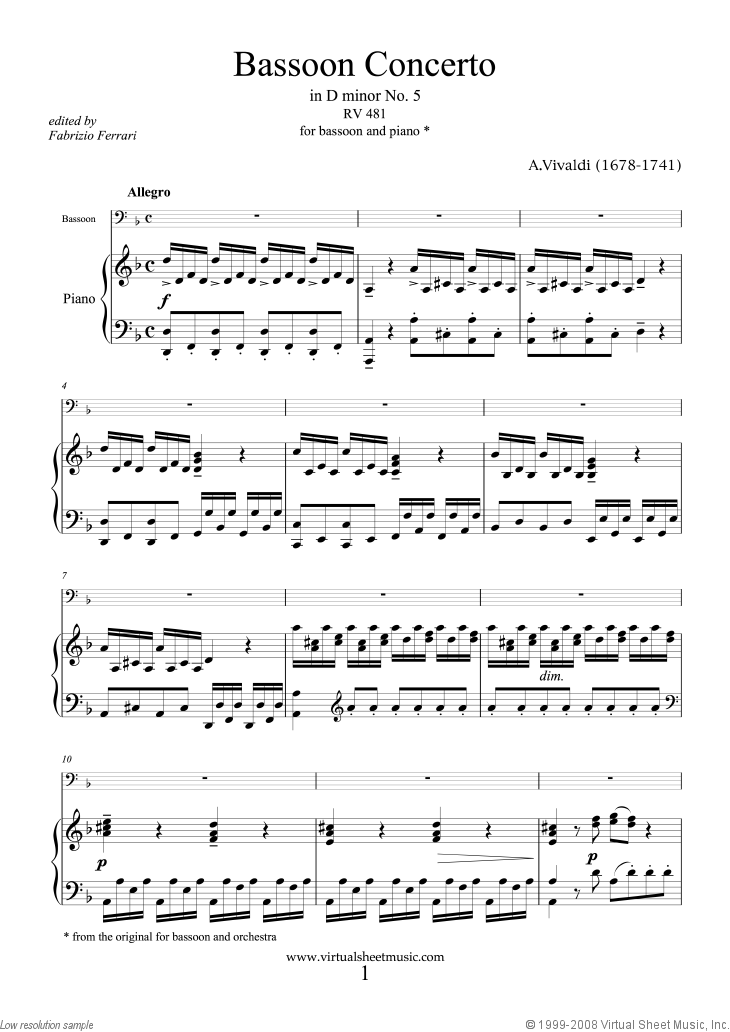“Today this quartet of old hunting companions had once again gathered to make the familiar journey, but in an unfamiliar spirit and armed with odd, non-sportive equipment — mops and pails, scrubbing brushes, and a hamper heaped with rags and strong detergents. They were wearing their oldest clothes. For, feeling it their duty, a Christian task, these men had volunteered to clean certain of the fourteen rooms in the main house at River Valley Farm: rooms in which four members of the Clutter family had been murdered by, as their death certificates declared, ‘a person or persons unknown.’ ”
— random passage from “In Cold Blood” by Truman Capote
Ernest Hemingway. “The Sun Also Rises.”
Kurt Vonnegut. “Cat’s Cradle.”
F. Scott Fitzgerald. “The Great Gatsby.”
Toni Morrison: “Song of Solomon.”
Truman Capote. “In Cold Blood.”
Mark Twain. “The Adventures of Huckleberry Finn.”
How do you choose? How do you choose from this display of classics for summer reading?
Such was my dilemma the other day when I was at the library returning overdue materials.
So I did what I know to do best. Flipped to the first page and scattered passages and listened for internal chords struck.
I hesitated selecting a book that vividly tells the true story of the murders of the four Clutter family members in Kansas, 1959, though not for the reasons one might suspect, rather, for my already dark and downcast state of mind in my home life.
My reluctance was overcome by a random excerpt reflecting intimacy in dialogue between the two central characters, the killers, Dick and Perry. It struck that indefinable chord.
Whether it was the intimacy between characters counterbalancing the hostility, isolation and total lack of interaction with the primary roommate, save for her occasional sharp comment, the illustrative and instructional crafting, the taste of Truman Capote as author, whom, I’m ashamed to admit I’d not yet read, or some of each, “In Cold Blood” beckoned with wagging finger and I followed.
And rue not for a moment that I did.
Capote has accomplished a masterpiece. He has created a tapestry, weaving and connecting the characters wholly disparate in their lives, personalities, histories and storylines.
In less-skillful hands, the wealth of information, accounts, players and unfolding of disparate events that eventually collided into one grisly night on November 15, 1959 on a family farm could prove cumbersome, unwieldy, dry and too much like a factual account or police report than as a revelation of human lives.
Capote walks that fine line of subtle and powerful storytelling – an ability I most admire in writers – and renders the tales and characters without judgment; that is the art, the skill and expression of a novelist.
The fluidity and motion of the writing engage the reader, depositing him into the time, space and place — a feat in and of itself and made all the more impressive when one knows that “In Cold Blood” was born of Truman’s observations from records and interviews with those directly involved and published years after the event.
“A masterpiece … a spellbinding work” — Life appears on the cover and though I tend to blanch a bit at reviewers’ sound bites (while recognizing their place), with this I must concur. I cannot put it down!
In fact, late last night, on my way (not) home, I did something I, without job and income ceased, effectively never do. I satisfied a craving challenging my budget, a passion for reading in public places and, in killing two birds with one stone, a desire to avoid going home (which I’d already achieved through the nine hours prior).
With all neighborhood cafes closed and in no mood for a beer, I went to Denny’s — always open! — for a budget breakfast of eggs, pancakes and a slice each of bacon and sausage, stretched out in the booth and read. Read and read. And when the attentive waitress stopped ’round again inquiring of my any further requests, I replied “I don’t think so and what time is it anyway?”
One in the a.m. read my cell phone pulled from its pocket in the backpack! So engrossed “In Cold Blood” had I been that I’d lost all sense of the two-plus hours passed!
I returned (not) home and read more before switching off the lamp at 3 a.m.
Gripping. Moving. Fluid. Evocative. Alive. Real. Well developed. Craftily woven and tenderly told. Any of these I’d place on the cover were I a publisher.
In a mere 122 pages, the book is ended. But not the story for it shall stay with me until that day, that inevitable day, when my blood too comes cold.
The hed, btw, as Capote describes the only book, the Bible, resting on the beside table of murder victim Mrs. Clutter:
“A bookmark lay between its pages, a stiff piece of watered silk upon which an admonition had been embroidered: ‘Take ye heed, watch and pray: for ye know not when the time is.’ “





